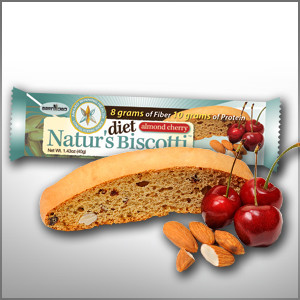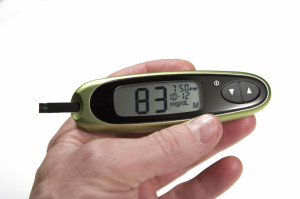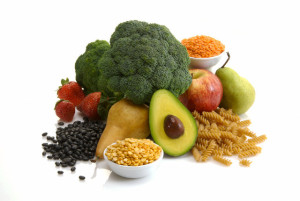
BarnDad’s FiberDX comes to the rescue in the fight and prevention of childhood obesity.
We all know a healthy diet consists of fruits, vegetables, whole grains and low fat sources of protein. It can be a difficult task however, to keep children from eating unhealthy foods and to have them eat a diet filled with the fiber, protein and the nutrition they need for healthier bodies. As a conscientious parent, this may seem like a daunting task at times, especially when it is recommended that children consume 25-35 grams of fiber and 20-50 grams of protein per day, depending on age while keeping fat consumption to a minimum
BarnDad’s FiberDX is an easy solution. BarnDad’s FiberDX comes in three tasty, kid-friendly flavors, German Chocolate, Strawberry Cream and Cinnamon Bun. Our flavored products boast a whopping 14 grams of fiber and 13 grams of protein, while remaining very low in fat and carbohydrates. BarnDad’s FiberDX contains only natural, plant based, soluble and insoluble fiber along with soy protein. Soy protein is a “complete protein” which provides all of the essential amino acids for human nutrition and is easily absorbed by the body. This is a simpler, more effective way for parents to curb their child’s hunger, support visceral fat loss, enhance their digestive system and assist in the absorption of toxins while regularly ridding the body of unwanted waste. It stabilizes blood sugar levels and helps to lower cholesterol, specifically LDL, or bad cholesterol.
Childhood obesity is a serious medical condition that occurs when a child is well above the normal weight for his or her age and height. In 2012, more than one third of children and adolescents were overweight or obese. ╵ The extra pounds on these children can put them on the fast track to health problems, including but not limited to, Type II Diabetes, high blood pressure, high cholesterol and excess abdominal fat. Healthy lifestyle habits, including healthy eating and physical activity, can lower the risk of becoming obese.
Try BarnDad’s FiberDX now. Your kids will enjoy all of the health benefits our products offer, in the form of a delicious shake or mouthwatering, homemade muffin. What have you got to lose but the stress, strain and physical consequences of childhood obesity?
References:
╵Ogden CL, Carol MD, Kit BK, Flegal KM, Prevalence of childhood and adult obesity in the United States, 2011-2012. Journal of the American Medical Association 2014; 311(8) : 806-814.
Appleby, Maria, protein intake for kids. Demand Media.
American Heart Association Website www.heart.org/HEARTORG/Getting Healthy/Nutrition Center/Healthy Eating/ Fiber-and-Childrens-Diets_UCM_305981_Article.jsp

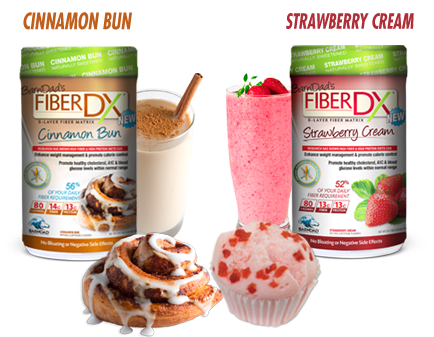
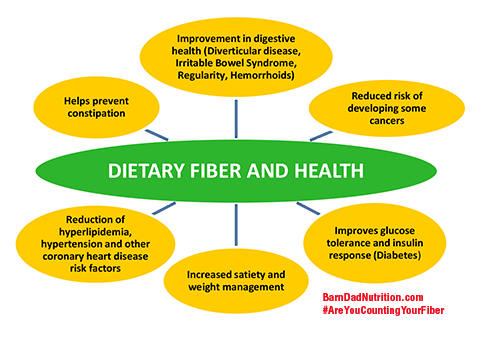 Long heralded as part of a healthy diet, fiber has been shown to reduce the risk of developing heart disease, diabetes, diverticular disease, and constipation, as well as cancer of the colon, breast, ovary, endometrium, gastrointestinal tract, esophagus, mouth, pharynx, stomach and rectum. Research has found that populations that consume more dietary fiber have less chronic disease. For instance, a high total dietary fiber intake was linked to a 40 percent lower risk of coronary heart disease and a reduced risk of metabolic syndrome, a constellation of factors that increases the chances of developing heart disease and diabetes. These factors include high blood pressure, high insulin levels, excess weight (especially around the abdomen), high levels of triglycerides, and low levels of HDL (good) cholesterol.*
Long heralded as part of a healthy diet, fiber has been shown to reduce the risk of developing heart disease, diabetes, diverticular disease, and constipation, as well as cancer of the colon, breast, ovary, endometrium, gastrointestinal tract, esophagus, mouth, pharynx, stomach and rectum. Research has found that populations that consume more dietary fiber have less chronic disease. For instance, a high total dietary fiber intake was linked to a 40 percent lower risk of coronary heart disease and a reduced risk of metabolic syndrome, a constellation of factors that increases the chances of developing heart disease and diabetes. These factors include high blood pressure, high insulin levels, excess weight (especially around the abdomen), high levels of triglycerides, and low levels of HDL (good) cholesterol.*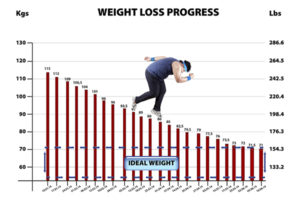
 Did you know that dietary fiber (soluble) slows the time it takes food to leave the stomach? This slower rate of digestion creates a feeling of satiety i.e. you feel fuller longer. Also, once the stomach contents move into the small intestine, those same dietary fibers can affect a wide variety of gastrointestinal hormones that affect appetite.* So dietary fiber actually works in several ways to make it easier to reduce your caloric intake for weight management.
Did you know that dietary fiber (soluble) slows the time it takes food to leave the stomach? This slower rate of digestion creates a feeling of satiety i.e. you feel fuller longer. Also, once the stomach contents move into the small intestine, those same dietary fibers can affect a wide variety of gastrointestinal hormones that affect appetite.* So dietary fiber actually works in several ways to make it easier to reduce your caloric intake for weight management.